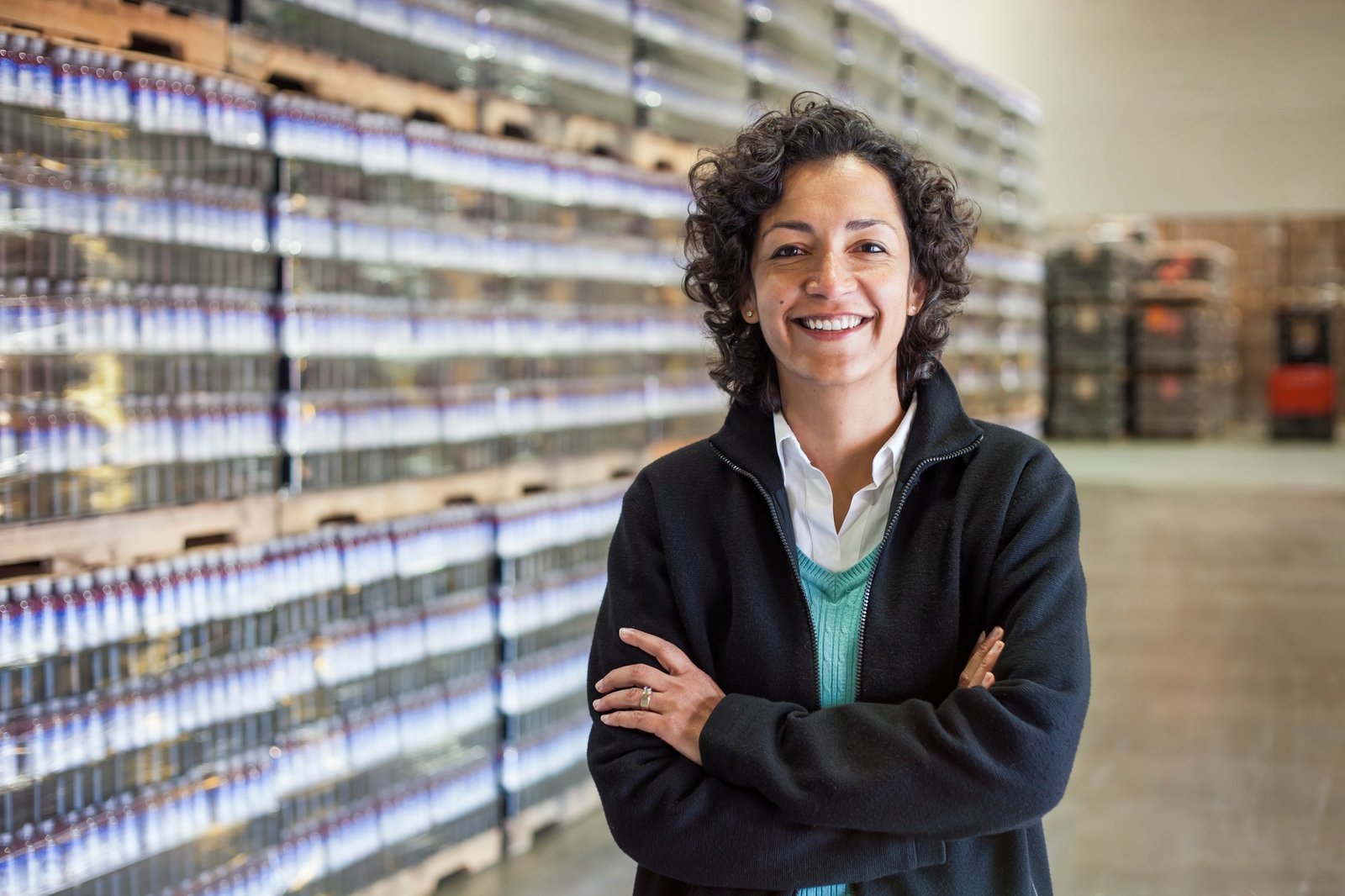In the world of modern logistics, cold-chain storage is no longer just a necessity for perishable goods—it’s a critical pillar of global supply chain resilience. Nowhere is this more evident than in Finland, where Arctic Warehouse has turned the country’s naturally cold climate into a strategic advantage. With a focus on efficiency, sustainability, and technological innovation, Arctic Warehouse is redefining what’s possible in cold-chain storage.
Finland’s geographic position provides a unique edge for cold-chain logistics. The long, cold winters and mild summers offer consistent natural refrigeration, which reduces the energy burden typically associated with temperature-controlled storage. Arctic Warehouse capitalizes on this by designing facilities that are tightly insulated and thermally optimized, significantly lowering energy consumption compared to conventional warehouses in warmer regions. By letting the climate do part of the work, the company maintains ideal storage temperatures with minimal artificial cooling—an environmentally conscious and cost-effective approach.
Beyond climate, Arctic Warehouse leverages state-of-the-art technology to enhance every layer of its operations. Cold-chain storage facilities are equipped with IoT sensors that track real-time data, including temperature, humidity, and air quality. These systems ensure product integrity by sending immediate alerts when any deviation from preset thresholds occurs. Whether it’s pharmaceuticals, frozen food, or delicate laboratory samples, this constant monitoring guarantees that inventory remains stable and compliant with international cold-chain standards.
Automation plays a key role in Arctic Warehouse’s success. With autonomous material handling systems and AI-driven warehouse management, the company minimizes human error and accelerates workflows, even during peak demand periods. These systems are specifically designed to operate efficiently in freezing environments, where traditional equipment often fails. Robots manage stock rotation, pallet movement, and order picking with precision, while predictive analytics help anticipate storage needs and optimize space utilization in real time.
Finland’s strategic infrastructure further supports Arctic Warehouse’s mission. Located near major northern ports, airports, and cross-border rail networks, these facilities serve as reliable hubs for both regional and international distribution. This proximity reduces transit times and ensures cold-chain continuity throughout the journey, even to remote locations across the Nordics or into Europe’s central markets.
Sustainability remains at the heart of Arctic Warehouse’s cold-chain model. The company invests in renewable energy, primarily wind and solar, to power its facilities. Building materials are chosen for their energy efficiency and recyclability, and waste management protocols are tightly controlled to reduce environmental impact. This holistic approach ensures that every aspect of the cold-chain process—from storage to transportation—is aligned with long-term ecological goals.
As global demand for temperature-sensitive logistics continues to grow, Arctic Warehouse stands out as a benchmark for what the future of cold-chain storage can look like. By merging Finland’s natural assets with advanced technology and sustainable practices, the company offers a robust, reliable, and environmentally responsible solution for the world’s most demanding storage needs.
